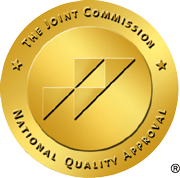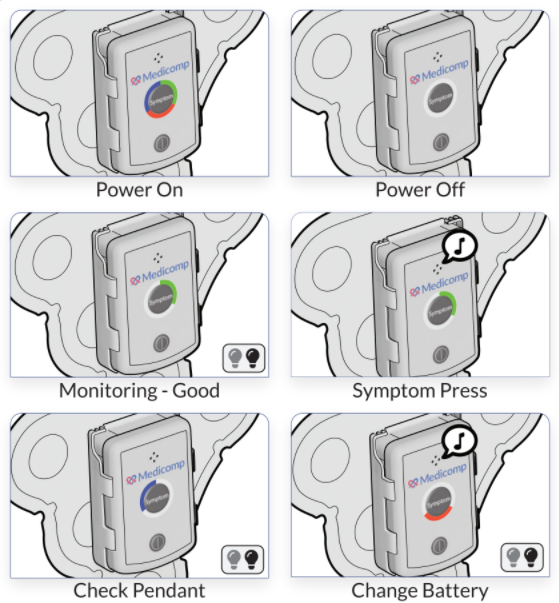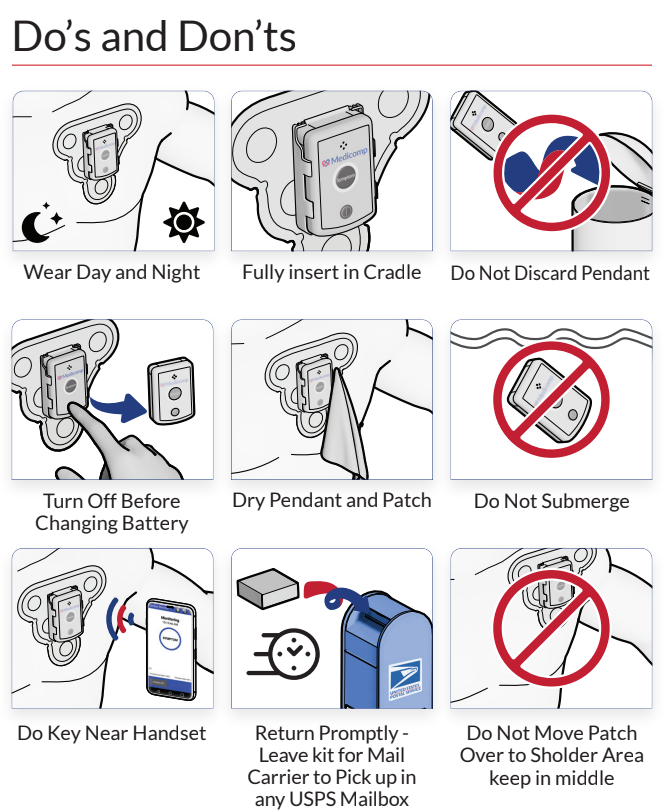A recent study showed that when people reached around age 60, heart muscles do not have the elasticity they once did. Because the heart loses elasticity as we age, it cannot pump blood as powerfully or effectively. And because the heart muscle cannot fully expand and contract, it tends to be smaller in size. Smaller chambers inside the heart, especially the left ventricle, mean blood does not enter and exit as quickly. This can ultimately raise blood pressure, which can lead to breathlessness and possible heart problems.
If you don’t exercise regularly and have noticed your ability to walk or climb stairs has decreased, work with your doctor to create an exercise routine. Most patients can greatly benefit from simple cardiovascular exercise such as walking. Any exercise that increases your heart rate for more than 20 minutes enables your heart muscle to maintain elasticity. Even patients already in their 60s can reverse the aging process of the heart.
The study included individuals aged 45 to 64 who were divided into two groups. One group participated in non-aerobic activities such as yoga, weight training, and balance training. The second group had a personal trainer guide them through medium-to-high intensity aerobic exercise. The second group noted drastic positive changes in their heart health. “We took these 50-year-old hearts and turned the clock back to 30- or 35-year-old hearts,” says Levine. The team noted improvements in oxygen saturation and found the heart’s musculature, as well as the arteries leading away from the heart, were much more elastic. Better elasticity allowed more oxygen-rich blood to be pumped through the heart and major arteries to feed the body, which made individuals more alert and strengthened their hearts and skeletal muscles. The first group did not notice a significant increase in heart function.
Dr. Levine noted that late middle age is the “sweet spot” to begin exercising if you want to note improvements in heart health because the heart still maintains a good amount of plasticity. By around age 70, most people have lost almost all the available elasticity to change the heart’s structure. Beyond that age, “[fusion_builder_container hundred_percent=”yes” overflow=”visible”][fusion_builder_row][fusion_builder_column type=”1_1″ background_position=”left top” background_color=”” border_size=”” border_color=”” border_style=”solid” spacing=”yes” background_image=”” background_repeat=”no-repeat” padding=”” margin_top=”0px” margin_bottom=”0px” class=”” id=”” animation_type=”” animation_speed=”0.3″ animation_direction=”left” hide_on_mobile=”no” center_content=”no” min_height=”none”][w]e could not change the structure of their heart and blood vessels,” reported Dr. Levine.
If you have noticed a marked decrease in cardiac health and want to see if exercising can increase your chances of a healthier heart, contact your physician and ask for one of ReactDx’s wearable cardiac monitors to determine your heart’s current health. Call us at 800-23-HEART or read our latest blogs and you might be surprised at just how healthy your heart feels after engaging in an exercise program!



